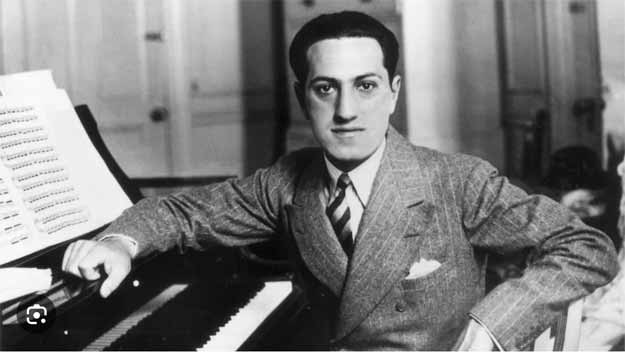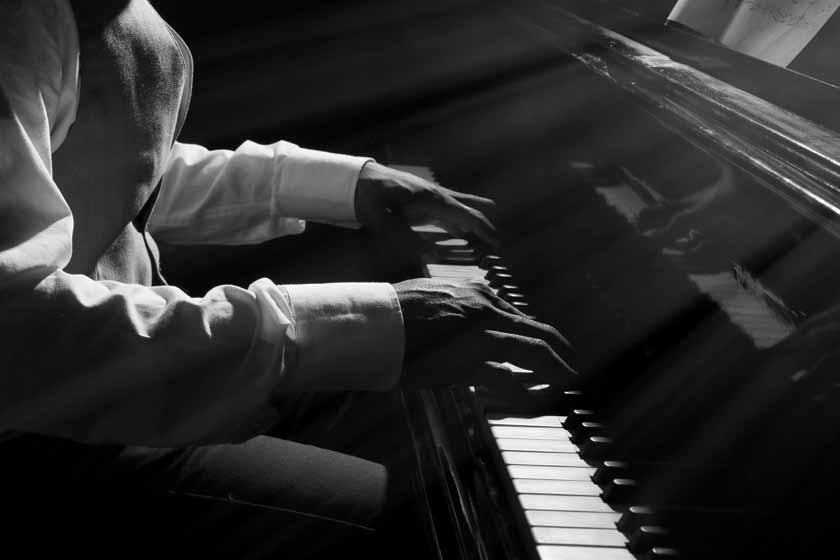There are songs we enjoy, songs we admire, and then there are songs that seem to belong to everyone. Songs that slip under the skin, no matter where or when you hear them. If there’s one piece of music that deserves a place at the very top of that list, it’s Summertime.
It’s a lullaby. It’s a jazz classic. It’s a folk song. It’s been sung by opera stars, crooners, jazz greats, and rock musicians. And always, at its heart, there’s the gentle pulse of piano chords carrying the melody forward.
So what makes Summertime the song that everyone loves to hear?
The Birth of a Classic

The story begins in the 1930s with George Gershwin, one of America’s most celebrated composers. Gershwin had already made his name with compositions like Rhapsody in Blue and An American in Paris. But in 1935, he took on his most ambitious project: an opera.
The opera was called Porgy and Bess, and it told the story of African American life in Charleston, South Carolina. Gershwin wanted the music to feel authentic, rooted in the sounds of spirituals, blues, and folk traditions.
To achieve that, Gershwin made a field trip to South Carolina’s coastal communities, immersing himself in the lives, songs, and rhythms of the Gullah people. He listened carefully, absorbing their spirituals, their dialect, and the cadences of everyday life. His aim wasn’t to copy their music, but to honour it—infusing Porgy and Bess with the atmosphere of a world he wanted to portray truthfully. That dedication is what gave Summertime its haunting depth and its uncanny ability to feel both universal and deeply rooted in place.
Out of this vision came Summertime. Gershwin composed it as a lullaby, sung by the character Clara to her baby. The words were written by DuBose Heyward, the author of the novel on which the opera was based:
Summertime, and the livin’ is easy
Fish are jumpin’ and the cotton is high…
From the very first notes, the song feels both simple and profound. The melody drifts like warm air on a summer evening. The lyrics capture an entire world in just a few lines—hope, comfort, promise.
A Song for Everyone
When Porgy and Bess premiered in 1935, audiences were struck by the beauty of Summertime. But no one could have predicted what would happen next.
Musicians began to take the song beyond the opera house. They slowed it down, sped it up, improvised around it, made it their own. The lullaby became a jazz standard, a pop ballad, a blues anthem.
And always, the piano was there—sometimes gently rocking like a cradle, sometimes pulsing with syncopated jazz rhythms, sometimes ringing out with gospel fire.
Into the Great American Songbook
Over the years, Summertime has been recorded thousands of times. Estimates put the number at more than 25,000 versions. That alone tells us something: every generation, every style of music, has found a way into the song.
Billie Holiday recorded a haunting version in 1936, just a year after the opera’s debut. Louis Armstrong and Ella Fitzgerald gave us one of the most beloved renditions, blending trumpet and voice with effortless ease. Miles Davis made it part of his cool jazz revolution. Janis Joplin turned it into a raw rock anthem with Big Brother and the Holding Company. Even contemporary singers, from Norah Jones to Lana Del Rey, have found their own way of breathing life into it.
Each performance adds a new layer. Yet the song itself never loses its core. It remains instantly recognisable, instantly moving. That’s why it has earned its place in the Great American Songbook—a collection of songs so enduring that they feel less like “compositions” and more like part of our cultural DNA.
Tragically, Gershwin himself never lived to see just how far his lullaby would travel. He died in 1937 at only 38 years old, felled by a brain tumour at the height of his career. That early death makes Summertime feel even more poignant—a glimpse of what he was capable of, and a gift that has outlived him by nearly a century.
Why Summertime Endures
What makes Summertime so universal? Perhaps it’s the combination of hope and melancholy in the melody. Perhaps it’s the way the lyrics speak to simple comforts—warmth, food, family, rest. Or perhaps it’s because it offers room for interpretation.
Play it slowly, and it becomes a lullaby again. Add a jazz swing, and it comes alive in a smoky club. Push the tempo and it burns with rock energy. The song is endlessly adaptable, and yet always unmistakable.
And then there’s the piano. Listen to how pianists approach Summertime. Some use the left hand to set up a slow, rocking rhythm—like a mother swaying a cradle. Others scatter chords like sunlight through leaves. Others still dig into the keys, pulling out bluesy growls or sparkling runs. The piano gives Summertime both structure and freedom, making it one of those songs that players and listeners never tire of.

For those returning to the piano later in life, Summertime is a perfect piece to revisit. It can be as simple or as complex as you want it to be. While professionals can develop it with myriad keyboard flourishes and improvisations, the beauty of Summertime is that anyone who can play a little piano can learn it with just a handful of chords. A simple progression using Am, Dm, E7, and G is enough to bring the song to life, supporting that unforgettable melody. Just a few chords can carry the tune, but the possibilities for adding your own touch are endless. That’s why it continues to inspire both seasoned pianists and those rediscovering the joy of playing.
Everyone Loves to Hear It
Think of it this way: have you ever heard anyone groan when Summertime begins? Quite the opposite. Heads turn. Shoulders relax. Smiles appear. It doesn’t matter whether it’s played on a grand piano in a concert hall, an upright in a railway station, or even plucked out by a beginner learning their first chords. The magic of the song shines through.
For those returning to the piano later in life, Summertime is a reminder that even a beginner’s hands can bring something beautiful into the room. And for those who’ve played all their lives, it’s a chance to rediscover how much power there is in simplicity.
A Song for All Seasons
It may be called Summertime, but the song belongs to every season. Eighty-nine years after Gershwin first composed it, it remains one of the most beloved songs ever written—perhaps even the supreme example of a song everyone loves to hear.
So the next time you sit down at a piano, why not try those opening chords? Simple, familiar, and endlessly powerful. You’ll be joining a tradition that spans nearly a century, connecting with countless others who have fallen under the spell of Gershwin’s masterpiece.
Because Summertime isn’t just a song. It’s a reminder that some music doesn’t belong to the past. It belongs to all of us, forever



